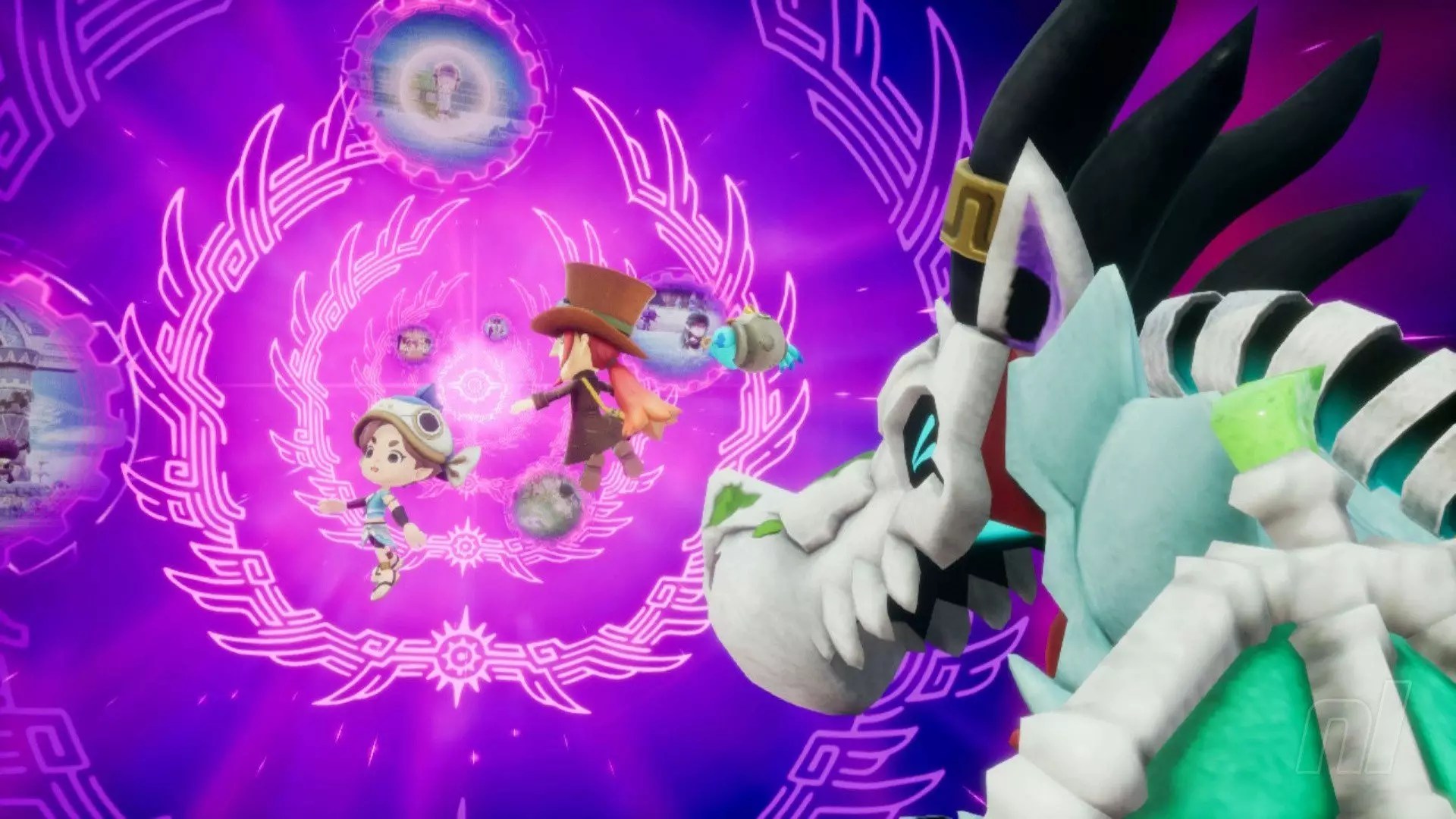In a gaming landscape often dominated by polished mechanics and sequels, Level-5 has made waves with its latest title, *Fantasy Life i: The Girl Who Steals Time*. Garnering a stunning score of 9/10 on the Nintendo Switch, the game is not just a testament to the developers’ talent but also reflects a profound shift in their approach to game design. CEO Akihiro Hino attributes the game’s success to significant, late-stage enhancements that reinvigorated its core mechanics. This is a lesson in how iterative design, even at advanced stages of development, can lead to breakthrough experiences.
Hino’s comments during a recent conversation on YouTube showcase the game’s transition from a “suffocating” design, focused excessively on prolonging playtime through stress-inducing mechanics, to a thriving ecosystem that prioritizes player enjoyment and exploration. This decision to overhaul much of the game’s structure is a bold move that places player experience above all else—a refreshing stance in a time when many developers opt for formula over innovation.
Transforming Gameplay through Player-Centric Design
A key element in this transformation was addressing the limitations of the original movement system. The game’s early iterations, which confined players to a relatively small world with a static map, failed to capture the sense of adventure that is central to gaming. In stark contrast, the newly designed expansive open world allows players the freedom to navigate and interact within a vibrant landscape. The implementation of parkour-style movements enhances this feeling of freedom and engagement, revitalizing the player’s experience and setting a new standard for future adventure games.
Hino’s team was able to execute these significant changes in a remarkably short time—just two months—to create a dynamic open-world environment. They developed an innovative tool that ingeniously transforms 2D artwork into immersive 3D terrain. This technological advancement not only streamlines the development process but also serves as an exciting example of how creativity and tech can collide to produce stunning results. The ease with which players can now chop trees and traverse landscapes, coupled with an intuitive design, has culminated in a gameplay experience that feels natural and satisfying.
The Resilience of Development Teams
The developmental journey of *Fantasy Life i* was not without its hurdles. With previous producer Keiji Inafune’s departure in 2024, Hino faced the daunting task of leading a project that underwent considerable changes. This period of transition could have easily led to instability, yet it resulted in a renaissance for the game’s design philosophy. Hino’s decision to prioritize a relaxed and enjoyable experience over rigid milestone-driven progress is commendable. It not only speaks to his leadership qualities but also to the resilience and adaptability of the Level-5 team.
The game is not just a collection of engaging mechanics; it stands as a monument to the importance of listening to player feedback and fostering an environment where creativity can flourish. Every time players interact with the rich, beautifully crafted world, they are reminded that game development is an evolving art form, one that thrives on exploration and risk-taking.
As players continue to dive into this engaging adventure, one can’t help but appreciate the intricacies of its design and the thoughtfulness behind its rejuvenation. This evolution serves as a powerful reminder that sometimes, a radical shift can yield exceptional results in creating experiences that resonate deeply with gamers.


Leave a Reply